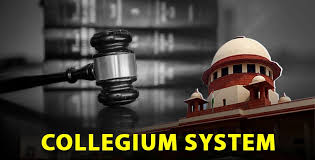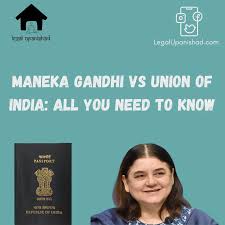Code of Federal Regulations Title 3 - The President
The Code of Federal Regulations (CFR) Title 3 - The President is a unique and important part of the U.S. federal regulatory framework. Unlike other CFR titles that codify regulations issued by specific federal agencies (e.g., Title 7 for Agriculture, Title 40 for Environmental Protection), Title 3 compiles and organizes the official documents issued directly by the President of the United States.
Key characteristics and content of CFR Title 3:
Compilation of Presidential Documents: It's primarily a compilation of various types of documents signed by the President that have legal effect. These include:
Executive Orders: Directives issued by the President to federal agencies concerning their operations and policies.
Proclamations: Formal statements or declarations by the President on matters of public policy, often ceremonial but can also have legal implications (e.g., declaring national emergencies, establishing national monuments).
Reorganization Plans: Plans submitted by the President to Congress for reorganizing federal agencies or functions.
Other Presidential Documents: This can include various memoranda, notices, determinations, and letters that carry legal weight.
Focus on the Executive Office of the President: While it contains presidential documents, it also includes specific regulations governing the conduct of employees within the Executive Office of the President. For example, you might find:
Standards of Conduct: Rules regarding ethics, conflicts of interest, and professional behavior for White House staff and other Executive Office personnel. (e.g., 3 CFR Part 100)
Public Information Provisions: Rules related to the Freedom of Information Act (FOIA) as they apply to the Executive Office of the President. (e.g., 3 CFR Part 101)
Nondiscrimination: Regulations enforcing nondiscrimination on the basis of handicap in programs or activities conducted by the Executive Office of the President. (e.g., 3 CFR Part 102)
Relationship with the Federal Register: The documents contained in CFR Title 3 are first published in the Federal Register, which is the daily journal of the U.S. government that announces proposed and final regulations, public notices, and presidential documents. Title 3 then serves as a codified, organized collection of these Presidential documents.
Historical Nature: The print version of Title 3 is typically published as an "annual compilation" rather than being revised on a strict quarterly schedule like other CFR titles. This is because the presidential documents are essentially historical records of the President's actions for a given year. The e-CFR (Electronic Code of Federal Regulations) provides a more continuously updated version.
In summary, CFR Title 3 provides a centralized and organized record of the direct legal and administrative actions of the President of the United States, along with regulations pertaining to the conduct within the Executive Office of the President. It's a crucial resource for understanding the exercise of presidential power and the directives issued to the federal bureaucracy.


















0 comments